Tag: op art
-
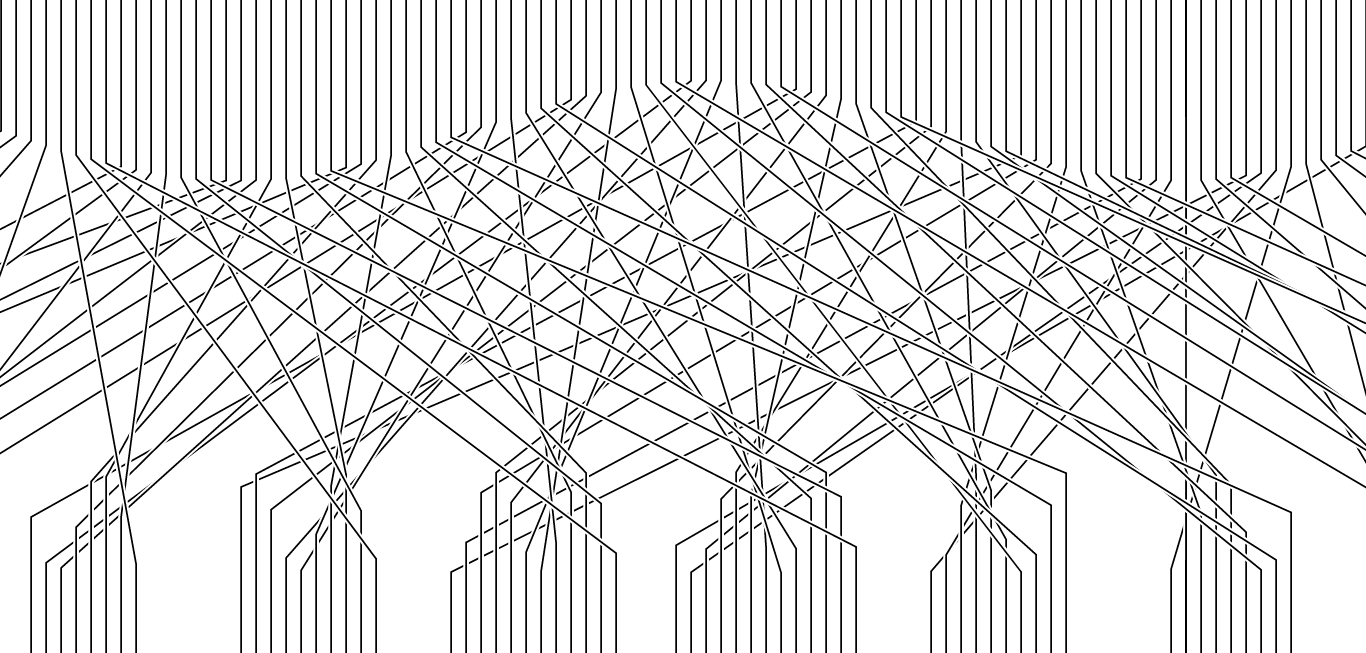
More crossing lines images.
I haven’t had much time to play with the crossing lines. I do like their simplicity and the way they can create complex crossing relationships. I’ll be playing around with braids next, and integrating differential equations and chaos of course. Related Images:
-
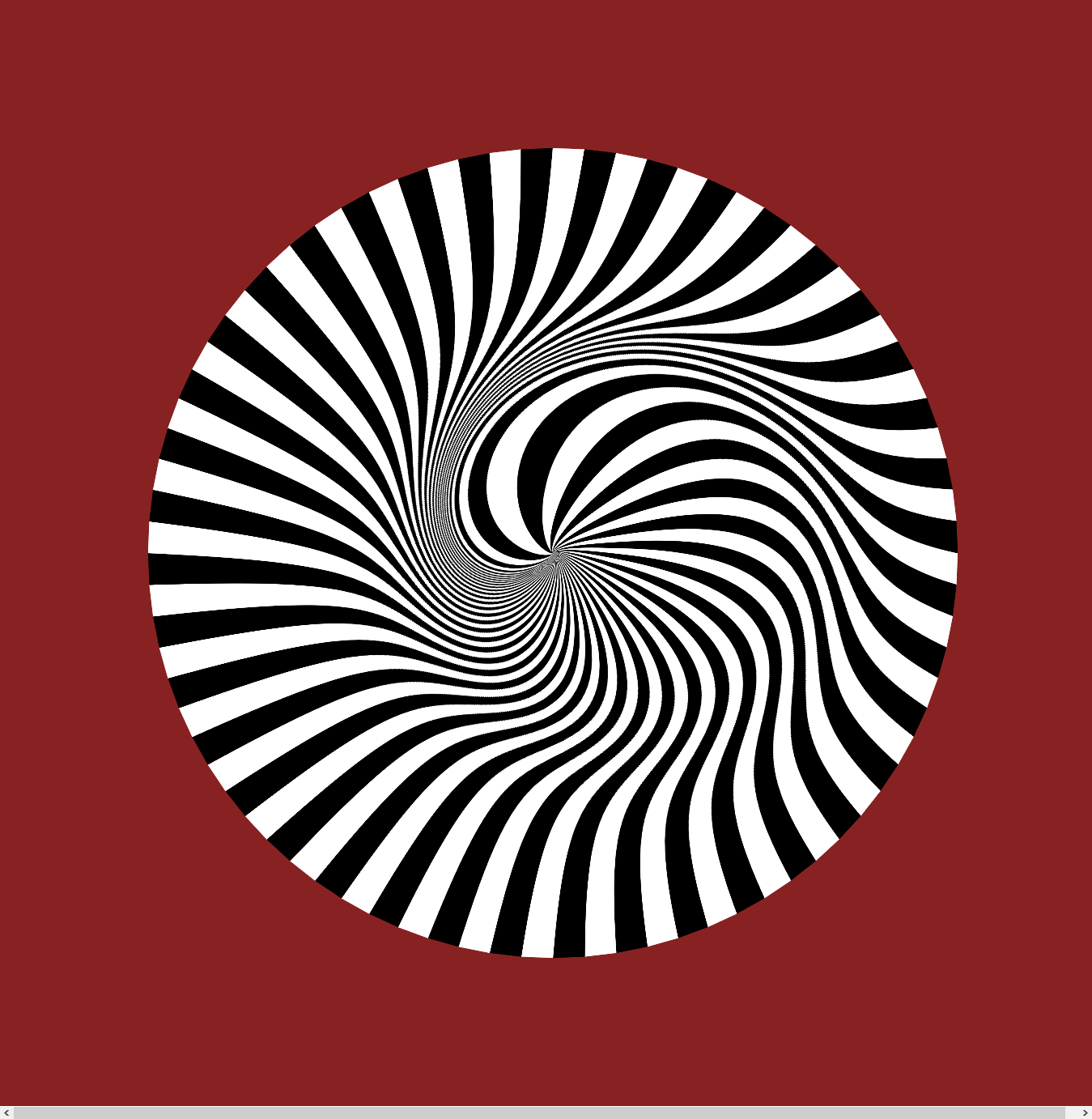
Twist again – more geometric generative op art
After fighting all the overlapping issues with second order equations, I switched back to first order and hard coded a single focus point in the equations. Â With that change I was able to start doing some more predictable plots with the ring functions. Related Images:
-
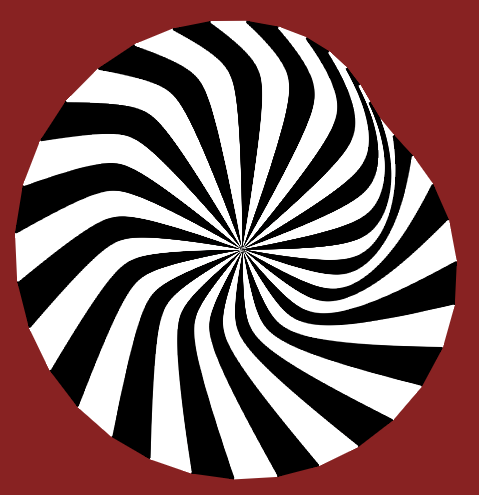
Askew Op Art Disk – Where’d the symmetry go?
The same equations were used to generate this image as well.  The only difference is the starting point.  Instead of expanding from the center of the distortion field, the starting point is displaced a little bit towards the bottom.  This highlights a number of different things. First while the equations are symmetric, the resulting image is…
-
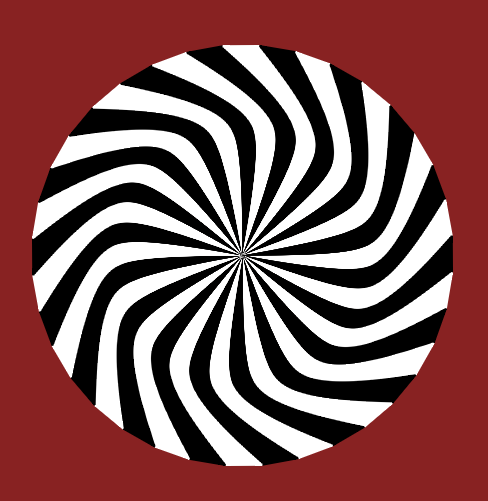
Simple Op Art disk
This is what you get if you take the parallel stream from the rest of the series and replace them with a circular spray from the center of the distortion. Â Everything gets bent uniformly when it hits the ring. Â Moving to second order equations gives you the freedom to have multiple directions from a single…
-
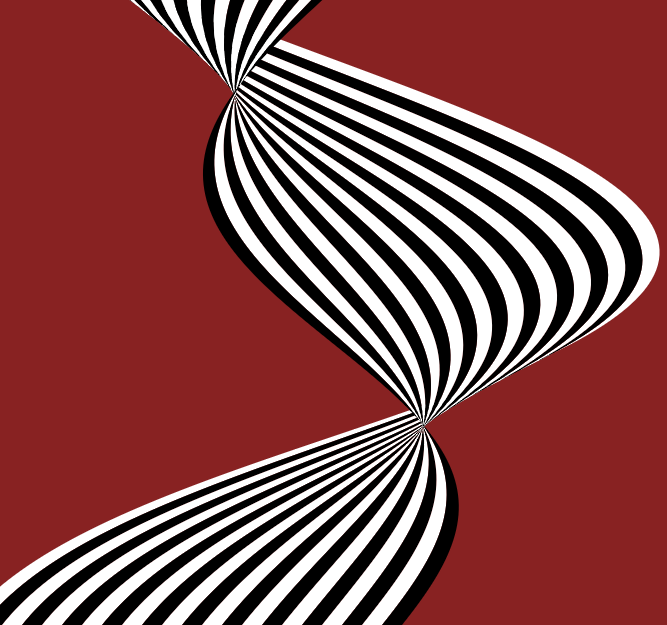
Twist #3
Double twist and wrap. Â While the last image was on the lackluster side, this one has everything turned up to 11. Â There is a strong deflection as the particles pass through the first peak and then they are swung back again as they exit the ring on the other side. Â An important thing to notice…
-
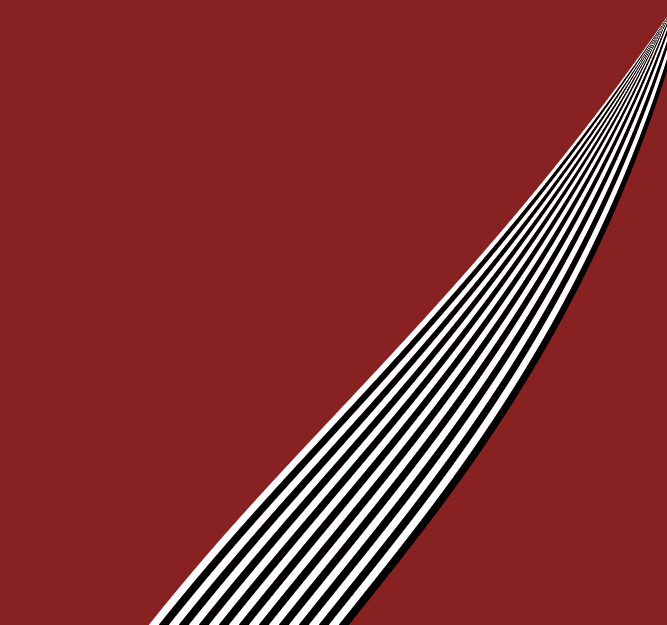
Twist #2
While this isn’t as dramatic as some of the other images, it shows what happens as either the velocity of the particles increases or the strength of the distortion diminishes. Â Instead of dramatic changes, things just tighten up a little bit and bend. Related Images:
-
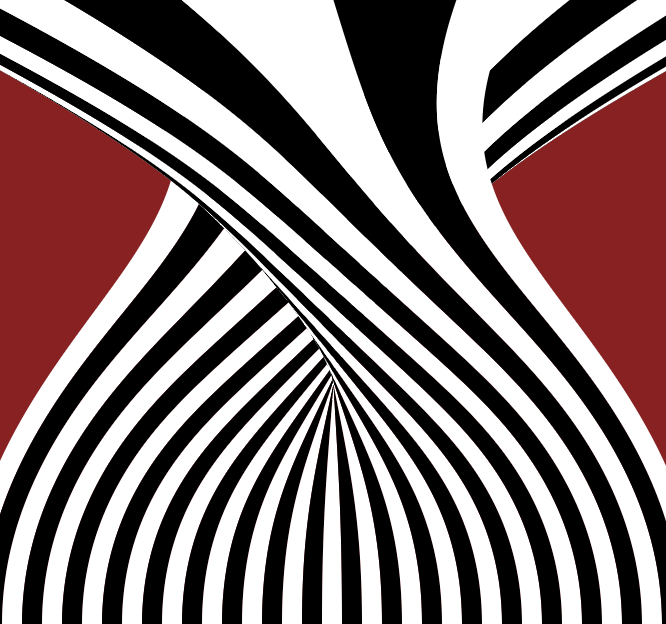
Simple twist
This shows the distortion in flow from a simple annular distortion. Â It’s part of a series that started with “distortion” and “a single twist and spray“ Related Images:
-
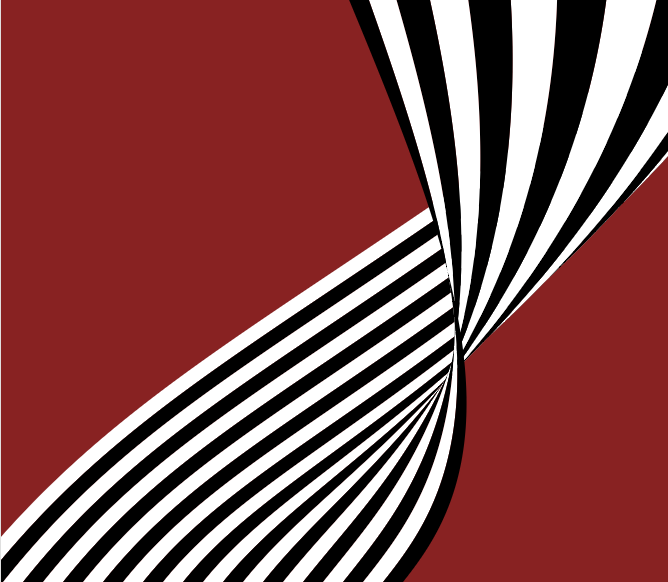
A single twist and spray
One of the most popular images I’ve developed (I’ve no idea what verb to stick here) is this basic geometric op art style piece. Â I was just using a very simple mask to test out using differential equations to generate families of curves. Â It’s grown on me, and I’m starting to put some more images…